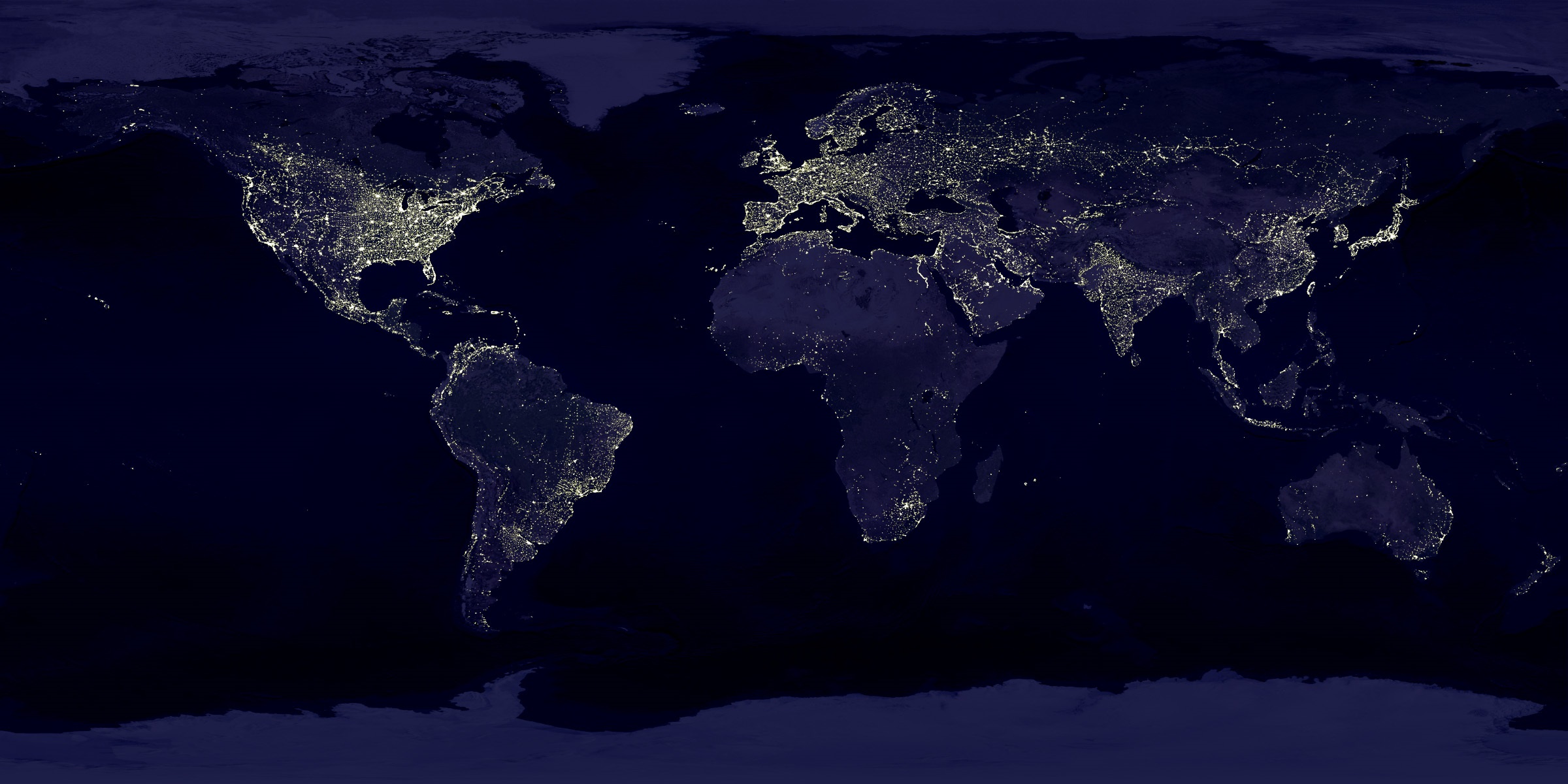Plain as Day
Anonym
Or in this case would it be plain as night?
I recently read an article in the New York Times about the “wonderment” a Harvard Economics professor discovered in the global night lights data that is freely available from NASA. The professor, Dr. Sendhill Mullainathan, was gushing about the insights this data provided for global analysis of poverty. Essentially what his analysis came down to was this: No lights, no money.

Having spent the last 30-plus years as a remote sensing scientist I thought: “Really? You didn’t know that?” And I did have moment of feeling rather smug that a Harvard Professor had just “discovered” something that to me was obvious.
But then I too had an "ah ha!" moment when I stepped back to see the data from this very different perspective. From new ideas spring new services. In this case it would be a global change analysis service using night-lights data at scale. A thousand more of these types of use cases and we can scale-out the type of consumer driven market we all want in this business
And here's the point of this blog. Dr. Mullainathan, and others of his ilk, are exactly the types of people we want to consume geospatial analytics so they can bring their insights, economics in this case, as new ideas into the market. Because while at first his "realization" seemed very rudimentary to me, once I was able to zoom out, I realized it was not a bad idea at all, this night lights stuff.
Too bad the experts like me don't always see what is right under our noses.